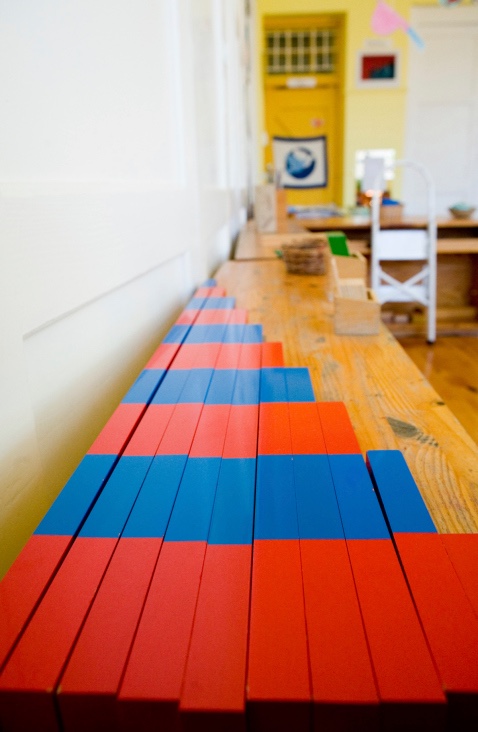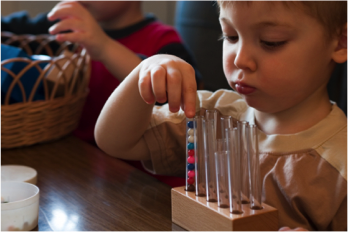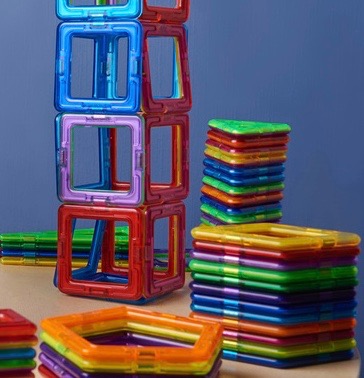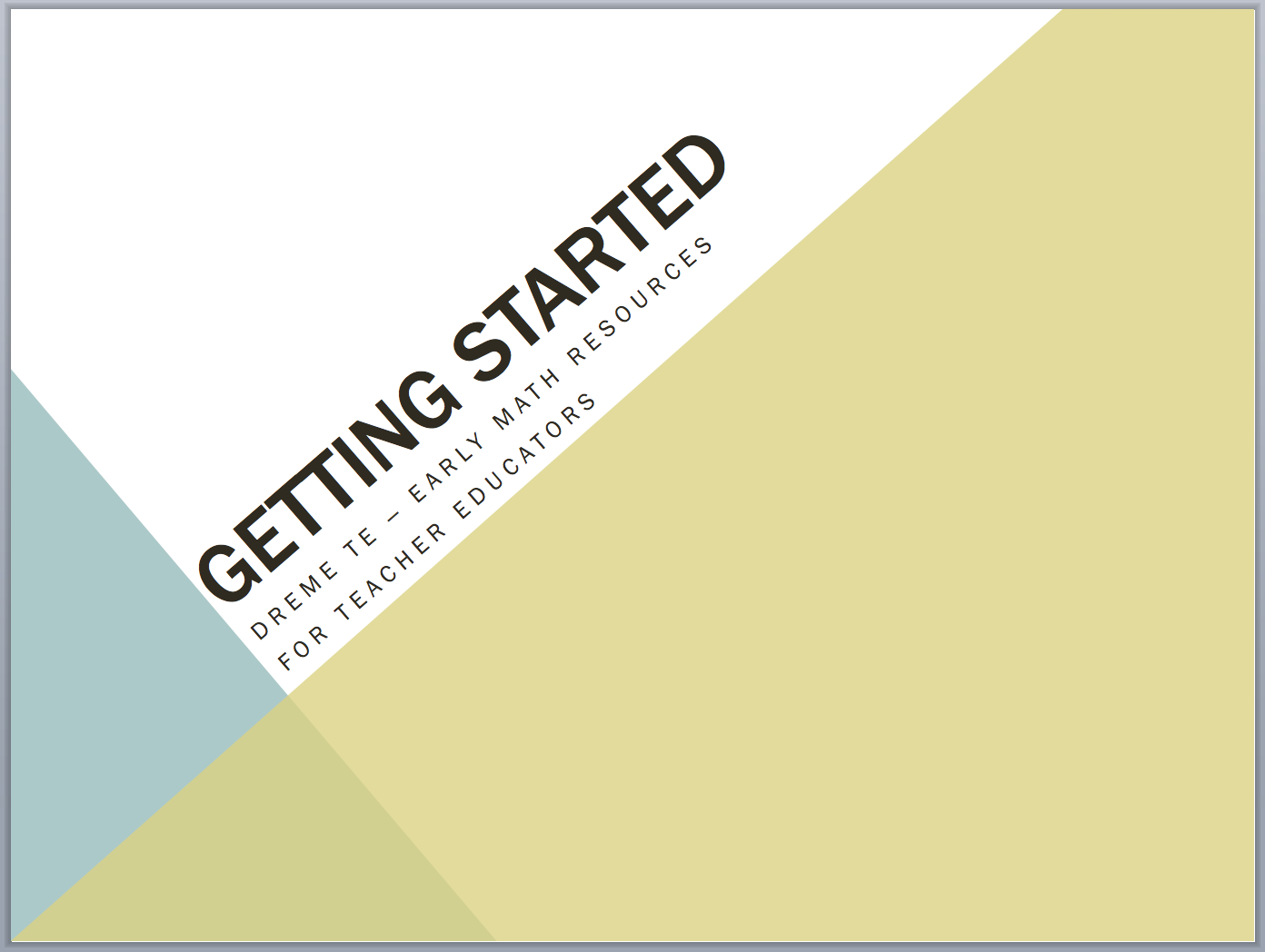Counting in preschool and the early elementary years supports the development of a variety of other mathematical abilities. Patterning, part-whole relationships, place value, composition and decomposition, equivalence, operations, and magnitude are all important mathematical concepts that use counting as a foundation.
So, What is Counting?
While counting may seem to be simple, it involves many important ideas and skills. Competent counters must: 1) know the number word sequence (one, two, three, four…); 2) be able to use one and only one number word for each object counted; 3) understand that the last number word stated in a counting sequence represents the numerosity (quantity) of the set; 4) know that objects can be counted in any order; and 5) know that anything can be counted (dogs, cats, furry things with tails, and even the tails themselves!). Other abilities that support counting are keeping track of what has been counted and representing the cardinality of the set verbally (“There are three!”) with numerals (3), and in other modalities (holding up three fingers or writing three hash marks).
Patterns and Structure
Mathematics itself can be described as a study of patterns and structure.
 Although when we think of patterning, many of us think of activities such as stringing beads in a yellow-blue-yellow-blue order, mathematical patterns involve a whole lot more. For example, in addition to repeating and growing patterns with objects, children use familiar arrangements, such as those found on dice and playing cards to subitize small sets of items. (Subitize means to instantly ascertain the numerosity of a set without counting, exemplified when we instantly know the quantity of pips on any side of a die). The Hindu-Arabic base-ten numeral system is perhaps the most obvious illustration of the number patterns that pervade mathematics. The use of the repeating numerals 0–9 to create an infinite set of numbers is a pretty astonishing cultural achievement. (One only needs to think of a subtraction problem using Roman numerals to imagine how difficult mathematics could have been with such a system! No wonder the Roman Empire collapsed!) Other number-based patterns include what we term the properties of number. Examples are the commutative property (e.g., for addition, 2 + 3 = 3 + 2) and the property of additive identity (any number plus zero equals that number), and knowing that any number plus one is the next number in the counting sequence. Counting by twos, fives, and tens are all mathematical patterns—and can make counting fun (and easier!). Even counting by twos and odd numbers constitute a pattern. All of these patterns and structure are supported by knowledge of counting.
Although when we think of patterning, many of us think of activities such as stringing beads in a yellow-blue-yellow-blue order, mathematical patterns involve a whole lot more. For example, in addition to repeating and growing patterns with objects, children use familiar arrangements, such as those found on dice and playing cards to subitize small sets of items. (Subitize means to instantly ascertain the numerosity of a set without counting, exemplified when we instantly know the quantity of pips on any side of a die). The Hindu-Arabic base-ten numeral system is perhaps the most obvious illustration of the number patterns that pervade mathematics. The use of the repeating numerals 0–9 to create an infinite set of numbers is a pretty astonishing cultural achievement. (One only needs to think of a subtraction problem using Roman numerals to imagine how difficult mathematics could have been with such a system! No wonder the Roman Empire collapsed!) Other number-based patterns include what we term the properties of number. Examples are the commutative property (e.g., for addition, 2 + 3 = 3 + 2) and the property of additive identity (any number plus zero equals that number), and knowing that any number plus one is the next number in the counting sequence. Counting by twos, fives, and tens are all mathematical patterns—and can make counting fun (and easier!). Even counting by twos and odd numbers constitute a pattern. All of these patterns and structure are supported by knowledge of counting.
Magnitude
Understanding magnitude, the relative numerosity of a set or the numerical value of a numeral, is a foundational skill in mathematics.
Very young children can differentiate between sets of certain ratios (in particular, 2:1 and 3:2), enabling them to discern a difference between sets of eight and four objects just by looking. But they do not differentiate sets that are close in number (e.g., 12 and 11). A later-developing facility in discriminating between the magnitude of two numerals is a valid and reliable measure of early mathematical ability. As students learn the verbal counting sequence, some knowledge of the order of number words is gained. However, rote recitation of numbers alone does not impart knowledge of differences in magnitude (e.g., knowing that six comes after five doesn’t necessarily mean that the child knows that six is more than five). Opportunities to count sets of objects can provide the early experiences necessary to later connect numerals with differences in magnitude. This knowledge, in turn, may assist children in ascertaining whether answers to arithmetic problems are reasonable (e.g., 28 and 42 cannot equal 610).



